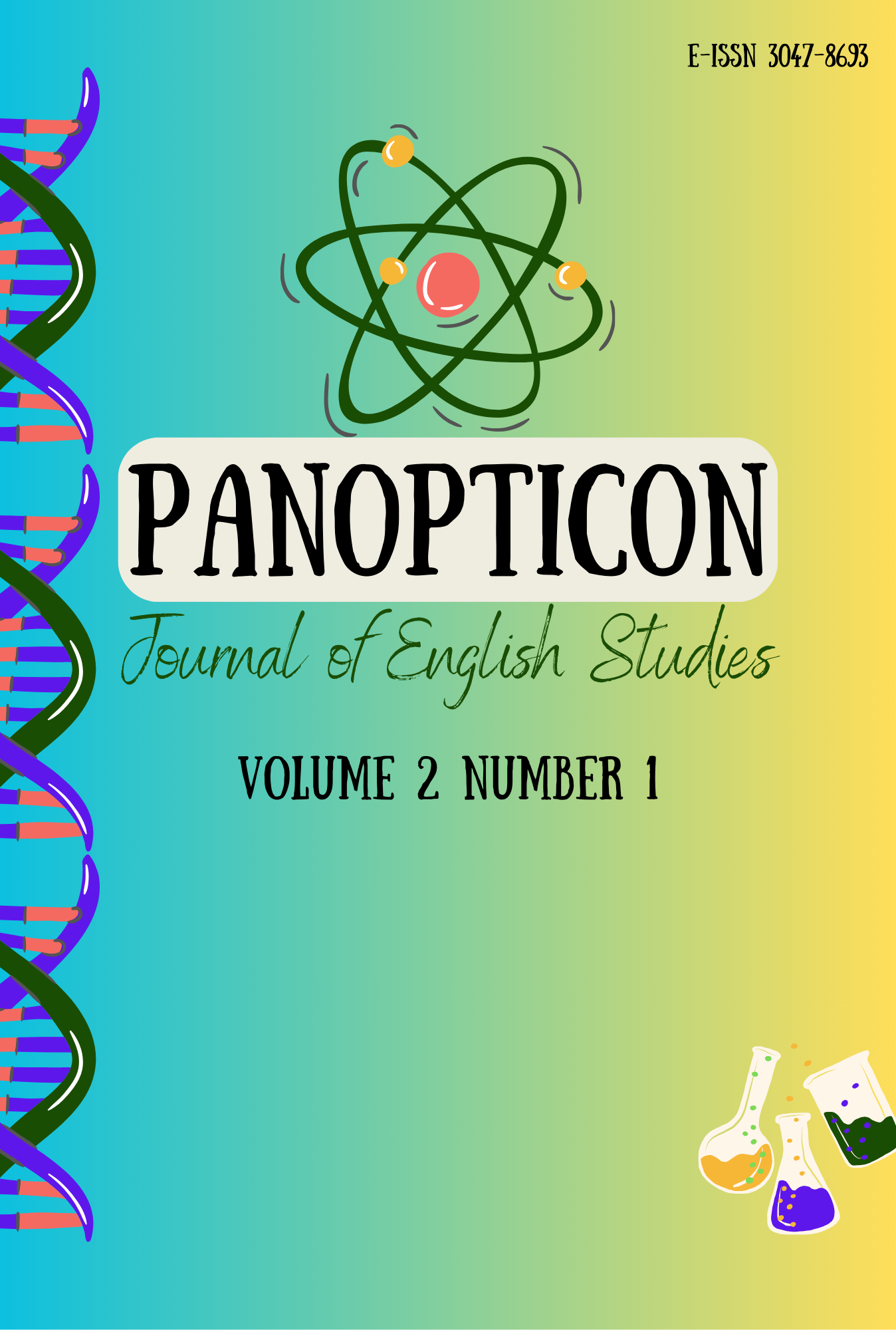Beauty and Violence in Beauty by Tony Hoagland
Abstract
In "Beauty" by American poet Tony Hoagland, the concept of beauty symbolizes women's beauty, which capitalists and the media construct to gain and make a profit. Using the Beauty Myth theory by Naomi Wolf as a guide, this study analyses the beauty standard portrayed in the poem. According to Wolf (1990), beauty is a myth that the media and the beauty industry have created to keep women in a state of constant self-doubt and insecurity. The result is that women are not aware of the many negative influences that they have on women, such as health, deception, excessive fantasy, and, most importantly, the exploitation of women as a result of these many factors. As a result of this negative influence, various criticisms are triggered. The purpose of this article is to examine the social forces that lie behind the existence of this poem from the perspective of a feminist.
References
Ernawati, Y. (2019). Beauty Myth in Novels by Tiwiek S.A. Advances in Social Science, Education, and Humanities Research, volume 380.
Roux, J. (2020). How Social Media Democratized Beauty: South African Influencers’ Experiences of the Transformation of Cosmetics and Work in the Beauty Industry.
Srinarwati, D. R. (2015). Women as Imagery Consumer (Clothes and Cosmetics as the Phenomena of Cultural Perspective of Postmodernism).
Sukmono, S. A. (2019). The Media Convergence in Communication and Beauty Clinic Promotion vol 1.
Wolf, N. (2002). The Beauty Myth How Images of Beauty Are Used Against Women. New York: Harper Collins Publishers Inc.


